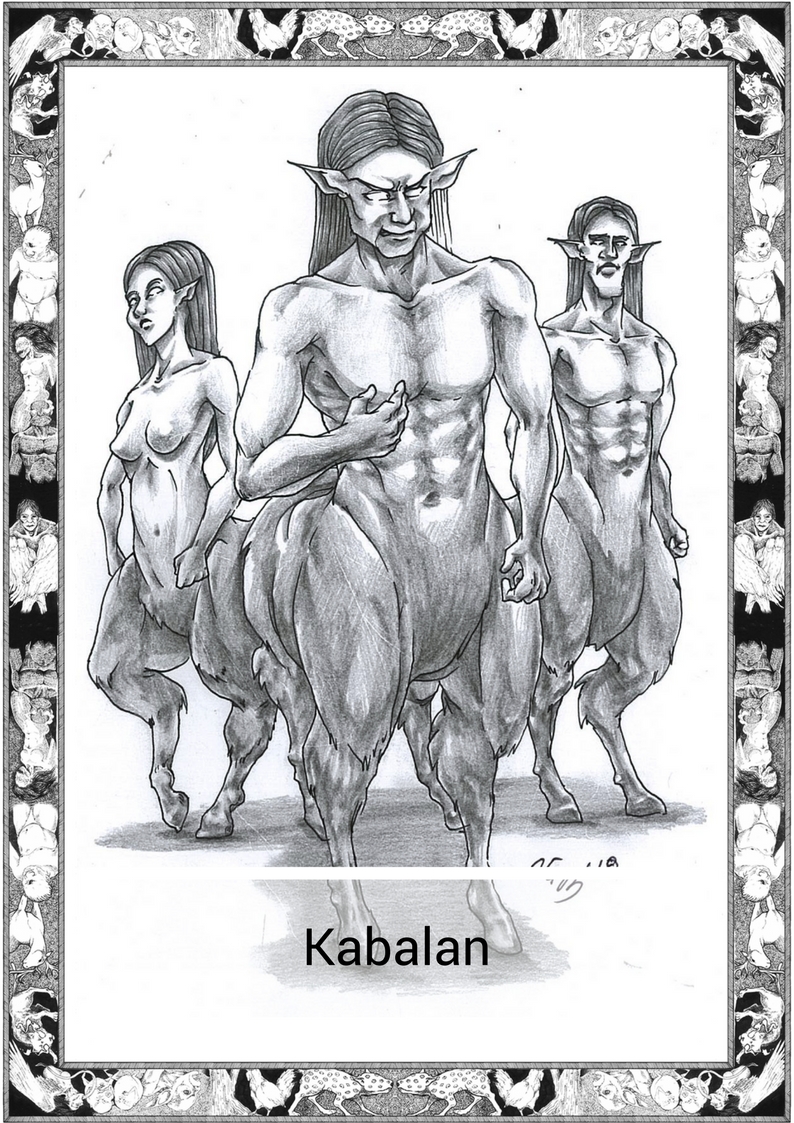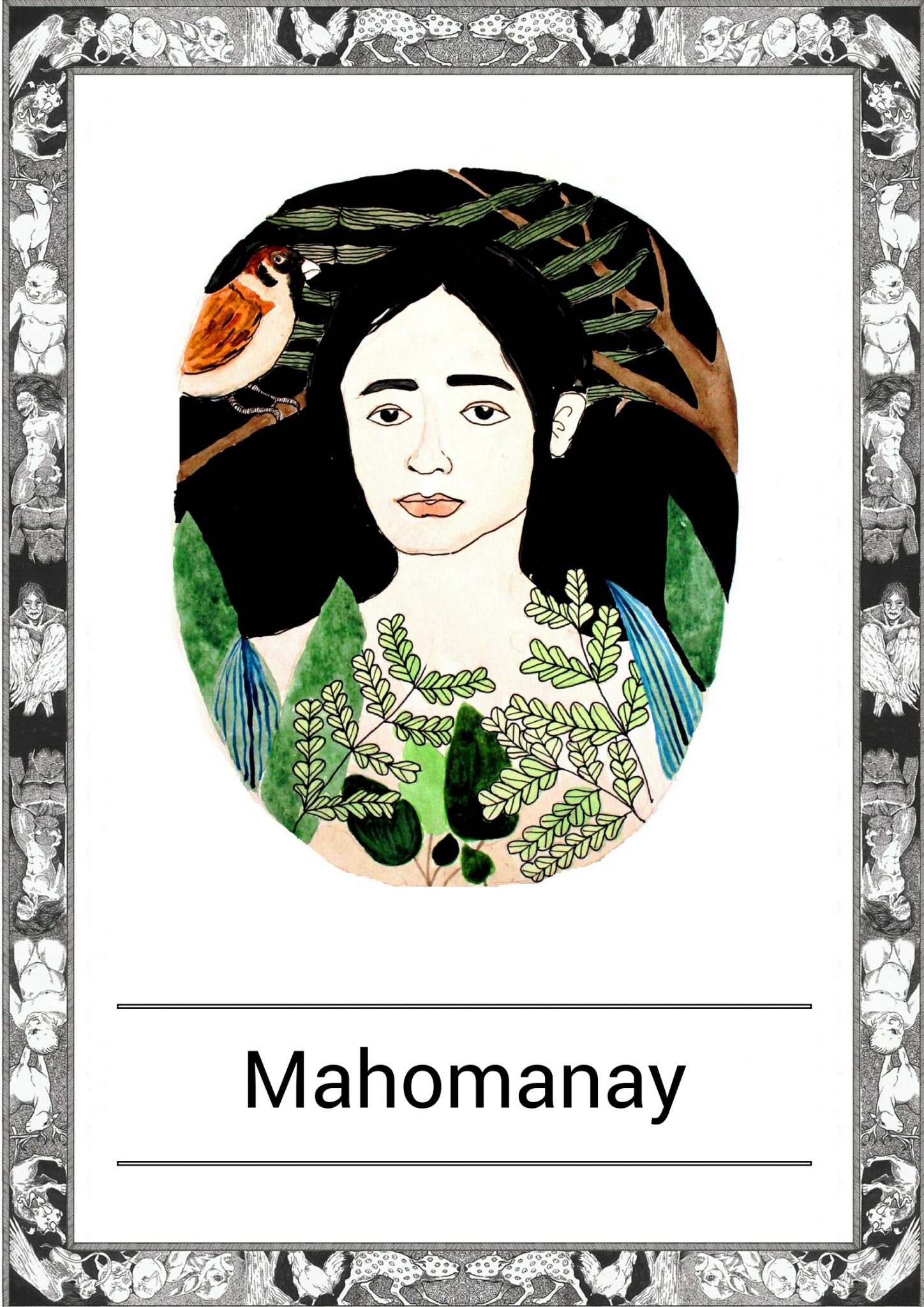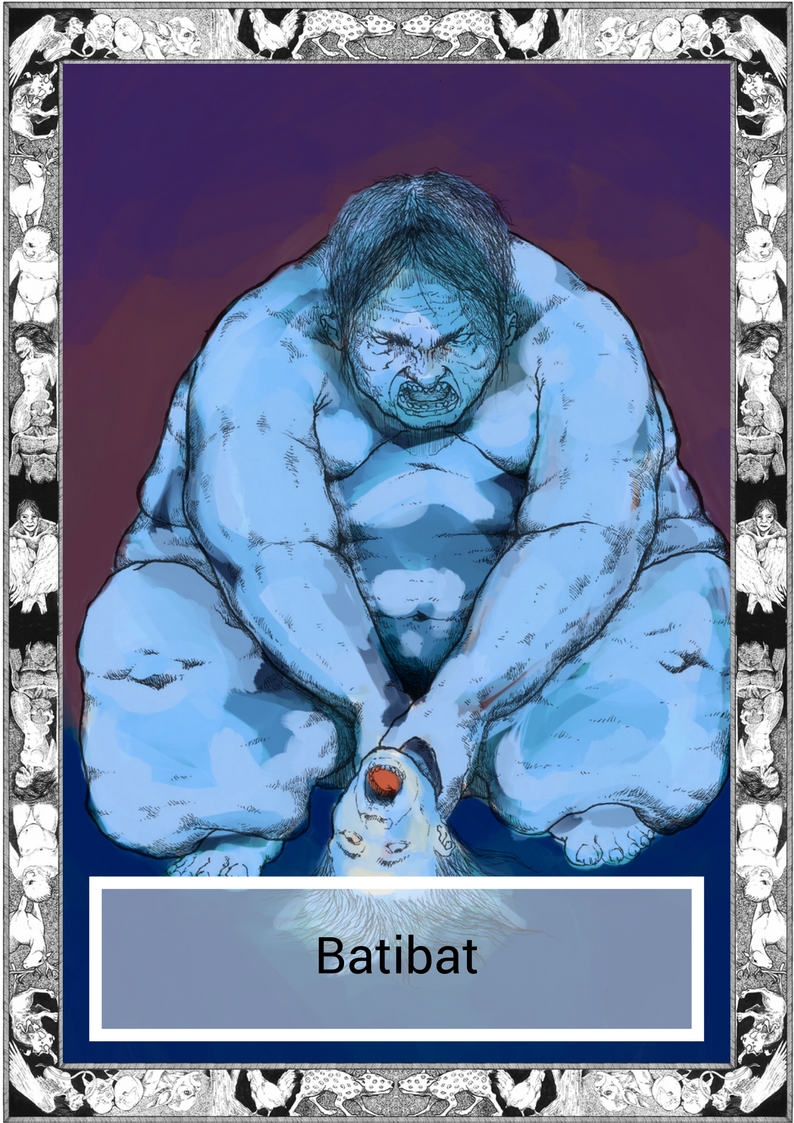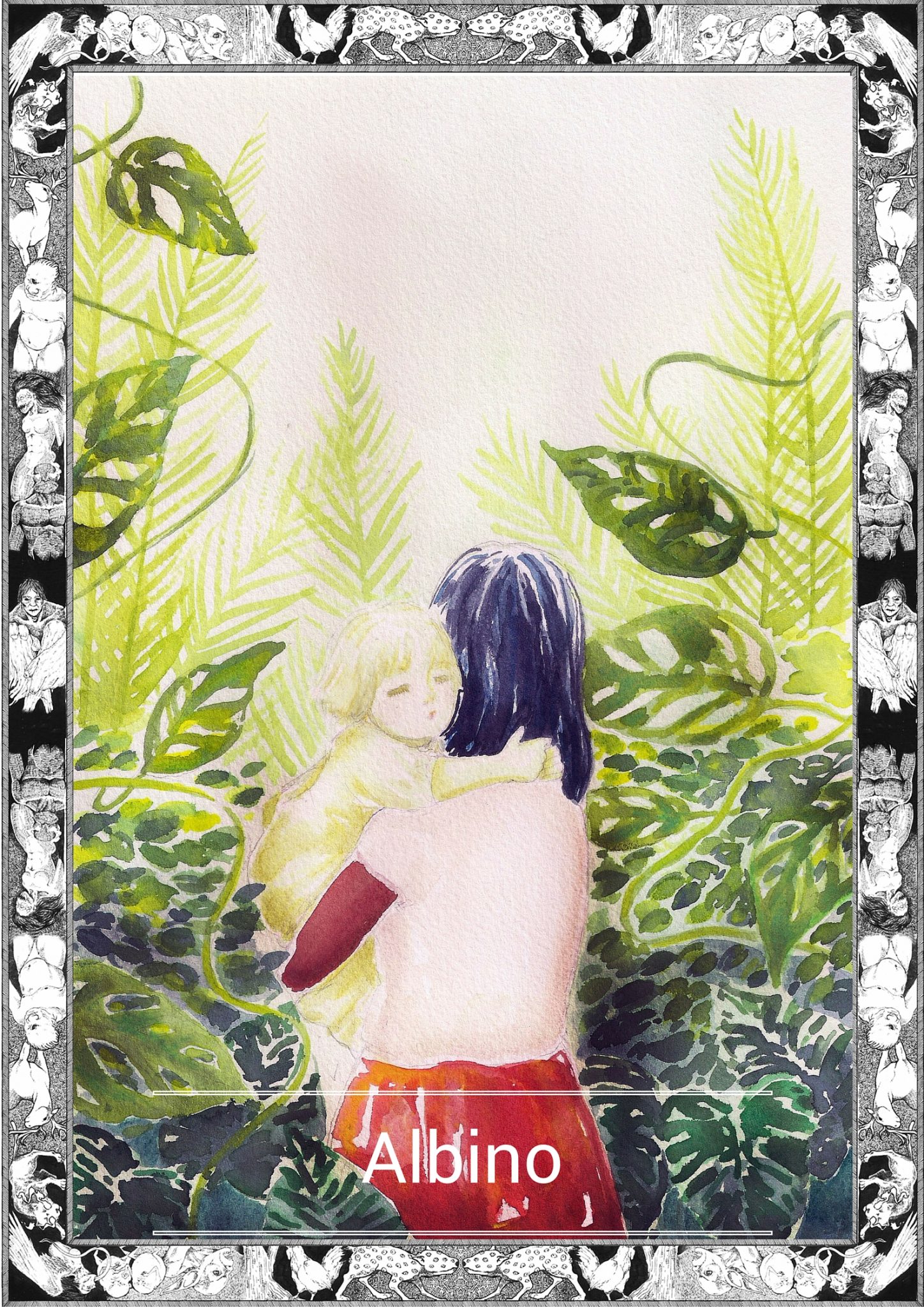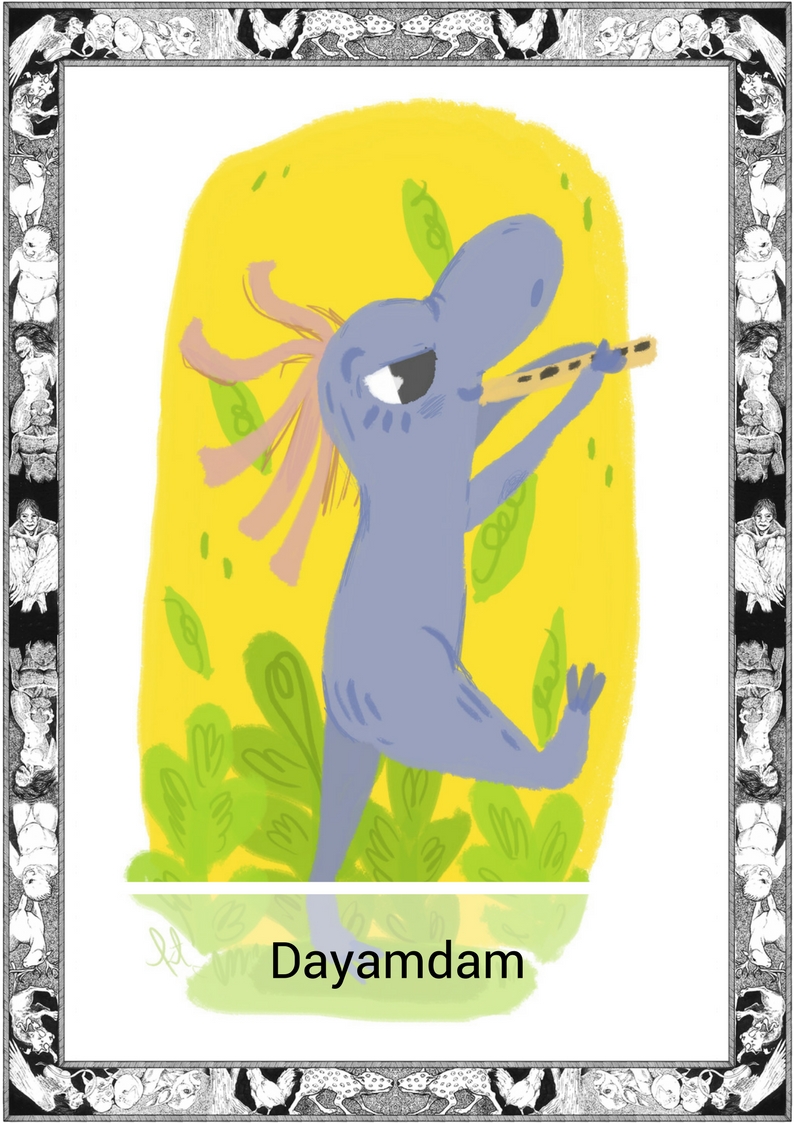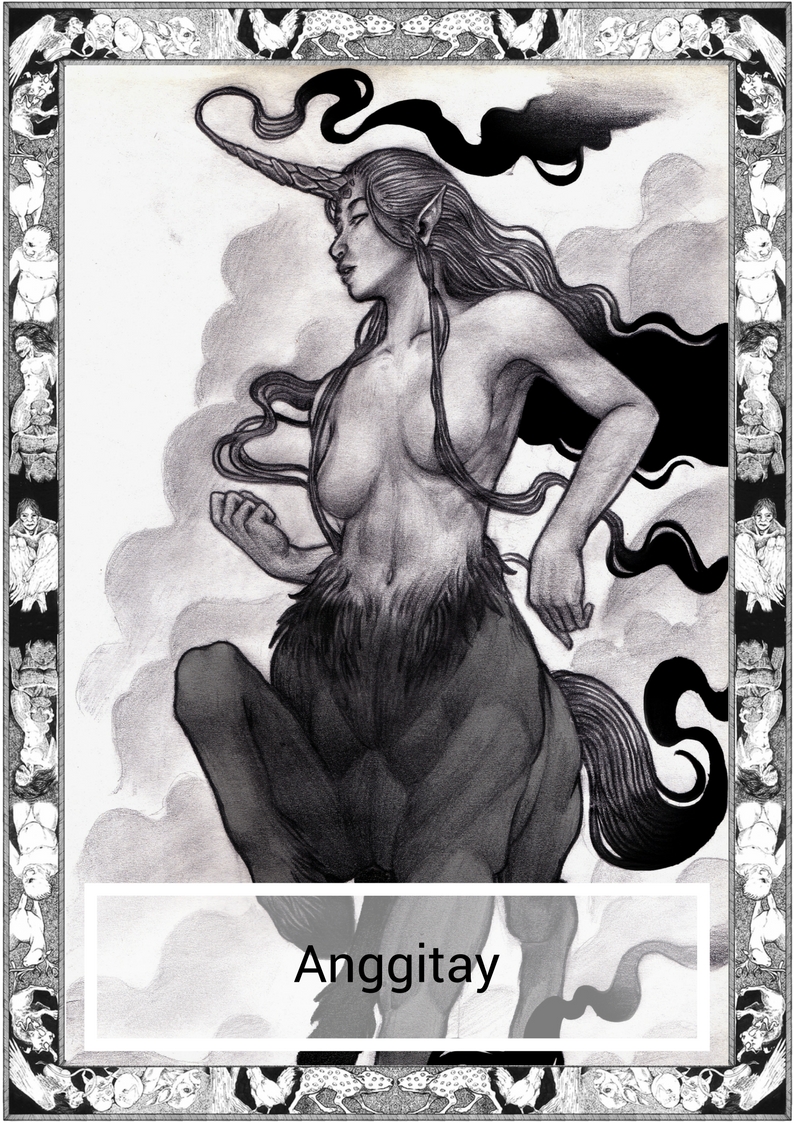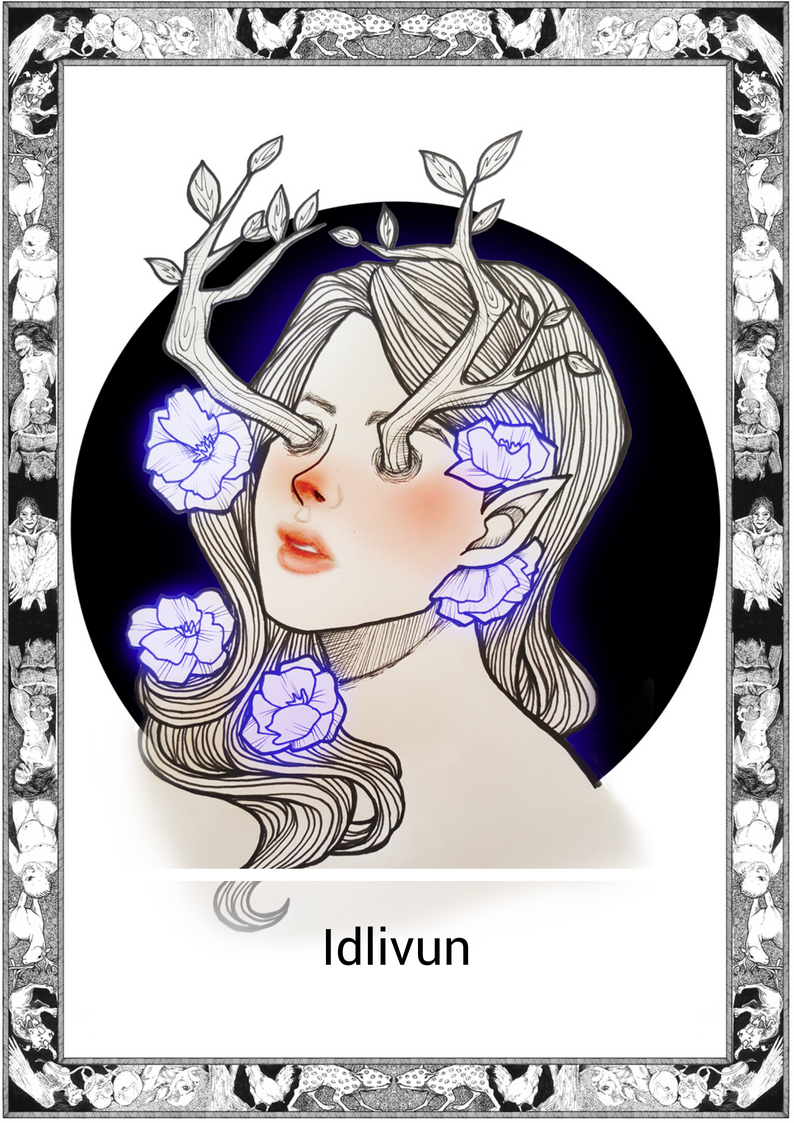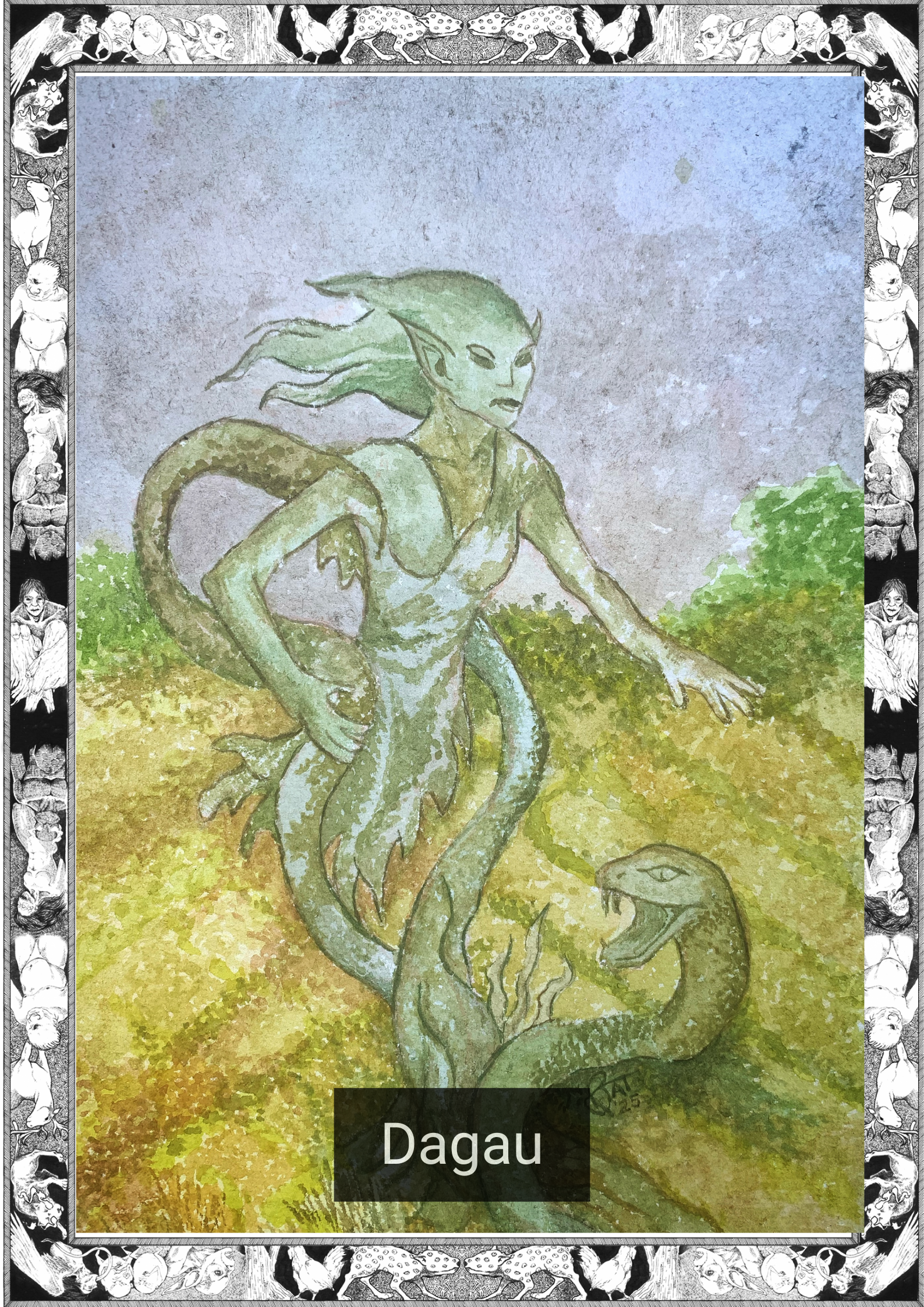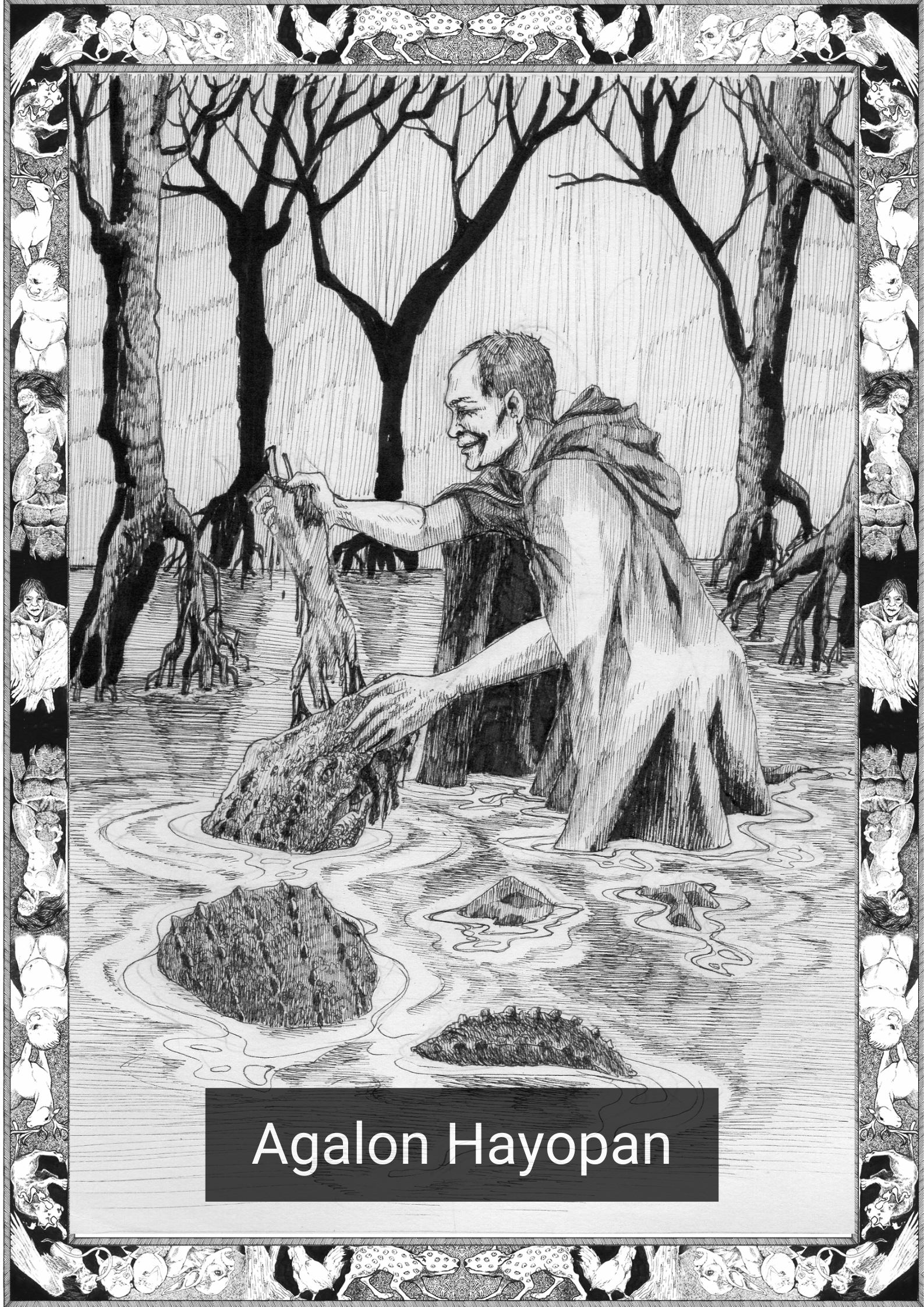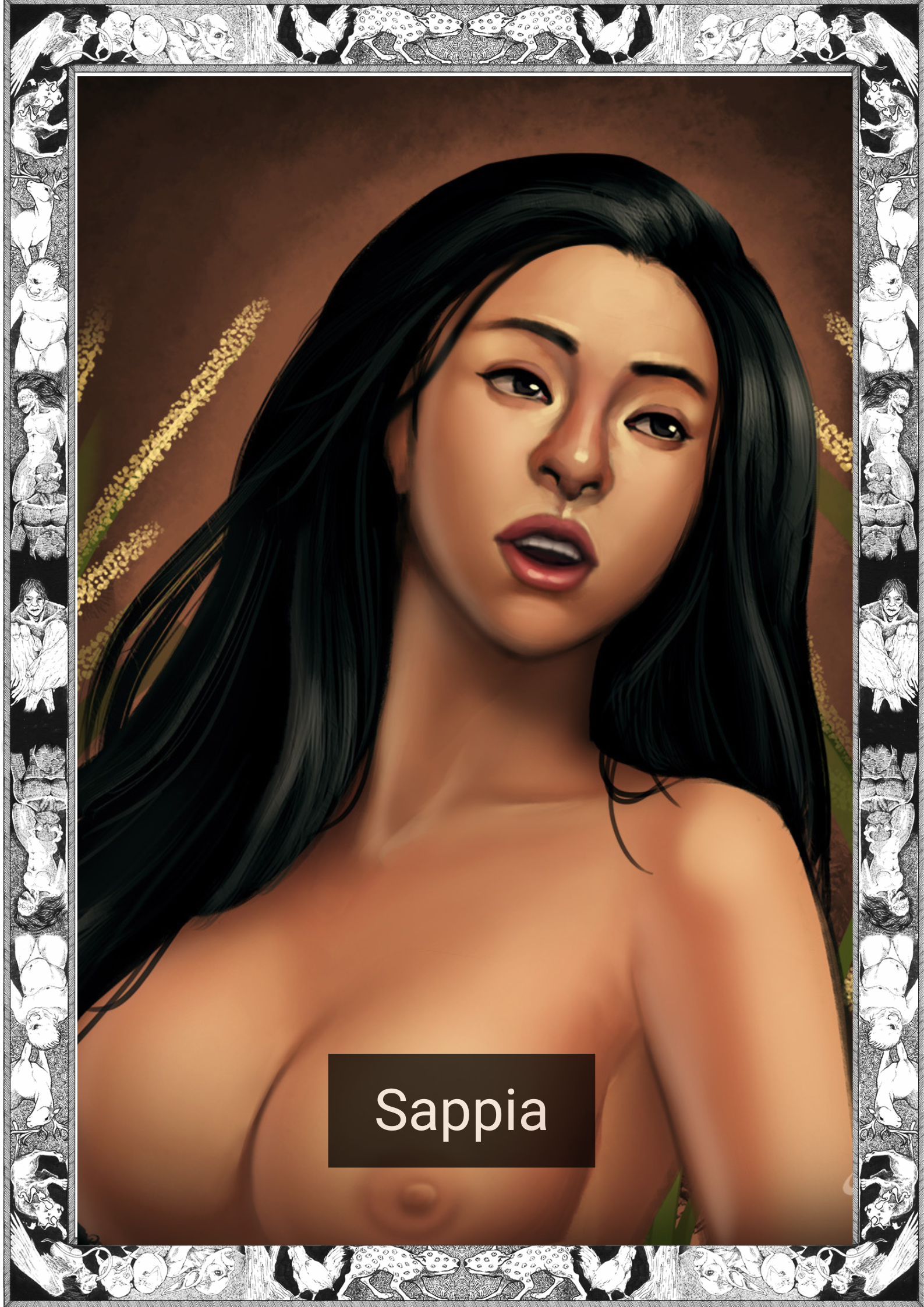
*Note this story is in Cebuano
“Wala pa man ‘ko gikapoy!”
“Shhh, kinahanglan na ka magpahulay kay ting-katulog na.”
“pero wala pa man ‘ko gikapoy! Mama, sulti-i ko ug istorya? Sige na….”
“Na hala sige, pero usa ra unya matulog na dayun ka paghuman ha?”
“Oo, pramis! Unsa man ang imo i-istorya nako? Naa ba ‘ni dragon o pawikan o astronot ba kaha?!”
“Ka-abtik ba sa imong huna-huna, pero kini nga istorya kay giistorya sa akoang inahan kanako kaniadto.”
“OOOOoooohhhh.”
“Hilom na kay sugdan ko na. Ginganlan kini’g Si Juana ug ang Banwaanon.”
“Kaniadto, adunay usa ka batang babaye nga ginganlag Juana, dili siya ang kina-maanyagun sa ilang baryo ug iya kining gusto makalimtan pero dili niya kini mahimo tungod sa mga tao sa iyang palibot. Tiaw-tiawan nila siya pero kini walay dautang tumong ug binuang ra. Pero adunay usa ka babaye, si Luisa, nga mapintas kaniya.
Usa ka adlaw, samtang namalantsa si Juana sa bisti ni Luisa, nasunog niya kini nga wala tuyoà. Nasukò pag-ayo si Luisa ug iyang gisagpà si Juana. Iya pa kining giingnan nga lumsan ang iyang kaugalingon didto sa dagat. Wala kini tumana ni Juana, milayas kini ug mipapaulì siya sa balay sa iyang mga ginikanan sa probinsya.
Sa wala pa siya makaabot sa iyang padulngan, mihapit usà siya sa usá ka tubod duol sa langub para muinom ug bugnaw nga tubig. Sa pag hangad niya, nakurat siya sa iyang nakita, usá ka babayeng maaninduton ug buhok nga nagbit-bit ug mga plato. ‘hugaw na ‘ning mga platoha’ ingon ang babaye ‘pwede ba nimo kining pamuakon ug ilabay sa sapà para nakò?’
Gidala ni Juana ang mga hugason sa sapà, apan nakahuna-huna siya nga anugon kaayó kung iyang pamuakon kini. Wala niya kini pamuaka ug gihugasan na lamang niya kini ug iyang giuli sa babaye.
Nagpasalamat ang maong babaye ug miingon ‘Tungod sa imong pagka-maalam, dili ka na maot pa. Pagpakita didto sa mga taga-baryo’
Sa pagbalik ni Juana sa baryo, nagpaila-ila siya sa iyang kaugalingon kay walà na siya ma-ilhi sa mga taga didto. Nabuotan pinakalit si Luisa kang Juana ug nangutana siya kung unsay nahitabo nganong nagbag-o ang hulagway niya. Giistoryahan ni Juana si Luisa bahin sa babae nga nagpabuak sa iya sa mga plato.
Niadto si Luisa sa sapa duol sa langob ug nakita niya ang maong babaye ug giingnan usab siya bahin sa mga plato. Dali-dali niyang gituman ang maong sugo sa babaye ug iyang gipamuak ang nga hugason. ‘Salamat, pwede na ka mulakaw’ ingon ang babaye kaniya.
Mibalik si Luisa sa barrio apan wala siya mahibalo nga nabag-o na diay ang iyang panagway nga mas ngil-ad pa kang Juana sa wala pa siya nahimong maanyagon.”
“Mura mag lain ang imong istorya mommy, unsay buot ipasabot ani?”
“Kini nga istorya usa ka pasidaan, langga. Kung imong matabo ang Banwaanon, dili ka gayud makabalo unsay imong dangaton, pero kung imong ipakita ang imong pagkamaalamun, mamahimo kang mas maayo pa kaysa sauna.
Oras na para matulog, alì na ngare.”
English Version
“I’m not tired yet!”
“Shhh, it’s bedtime already and you need your rest.”
“But I’m not tired! Mama, can you tell me a story? Pleeeeassse…..”
“All right, all right, but just one and you go right to bed after okay?”
“Yes, I promise! Now what story are you going to tell me? Can it have dragons and turtles and spacemen?!”
“You have such an active imagination, but I’m going to tell you a story that my mother used to tell me.”
“OOOOoooohhhh.”
“Hush now, let’s start the story. It’s called Juana and the Banwaanon.
Once upon a time there was a girl named Juana, she was not the prettiest girl in the town, and she always tried to forget the fact. Unfortunately, the people around her would not let her forget. Most of their jokes would be good natured, though, but one girl, Luisa, was nothing but cruel.
One day, Juana was ironing one of Luisa’s gowns and accidentally burned it. Luisa was furious, she slapped Juana right across the face and even told her to go drown herself in the sea. Juana, who wasn’t about to take advice from someone that just beat her, left the house and went back to her parent’s home in the province.
Before she reached her destination, she decided to stop by a spring near a cave to have a drink of cool water. As she looked up, she was surprised to see a beautiful, fair haired woman carrying some plates. ‘These dishes are all very dirty,’ the woman said ‘would you be so kind as to break them and throw them in the river for me?’
Juana did the favor for the woman and brought the plates by the river, but then she thought how wasteful it would be to just destroy the lovely porcelain and decided to wash them and return them to the woman instead.
The woman thanked her and said ‘For your wisdom you will be rewarded, you shall be ugly no more. Show yourself to the townspeople.’
When Juana went back to own she had to identify herself to the townspeople because of how different she looked. Luisa, who was suddenly nice to her, desperately asked her how this happened. Juana related her experience with the woman who had told her to break the porcelain plates.
Luisa went to the stream by the cave, met the woman and was told the same thing about the plates. In her hurry, she obeyed the woman to the letter, breaking the plates in the river. ‘Thank you, you may go now’ was the only thing the woman said to Luisa after.
Luisa went back to the town, not knowing she had been transformed into something uglier than Juana had ever been.”
“That seems like a very strange story mommy. What does it mean?”
“It’s less of a story and more of a warning, sweetie. When you deal with the Banwaanon, you never know what you’re going to get, but as long as you show wisdom and think about things, you may manage to come out better than before.
Now it’s bedtime, let me tuck you in.”
*Banwaanon are sometimes called Katsila
*The Cebuano language, alternatively called Cebuan and also often colloquially albeit informally referred to by most of its speakers simply as Bisaya (“Visayan”, not to be confused with other Visayan languages nor Brunei Bisaya language), is an Austronesian regional language spoken in the Philippines by about 21 million people, mostly in Central Visayas, western parts of Eastern Visayas and most parts of Mindanao, most of whom belong to various Visayan ethnolingusitic groups, mainly the Cebuanos. It is the by far the most widely spoken of the Visayan languages, which are in turn part of wider the Philippine languages. The reference to the language as Bisaya is not encouraged anymore by linguists due to the many languages within the Visayan language group that may be confused with the term. The Komisyon ng Wikang Filipino, the official regulating body of Philippine languages, spells the name of the language as Sebwano.
Written by Karl Gaverza
Translation by Modelle Turrobia
Copyright © Karl Gaverza
Translation Copyright © Modelle Turrobia
Story adapted from ‘Denizens of Fairyland’ in Philippine Folk Literature: The Legends. Eugenio. 2002.
Banwaanon Illustration and Watercolor by Marc Magpantay
Tumblr: Glassy-draws.tumblr.com
FB: Murcy Murc Art



